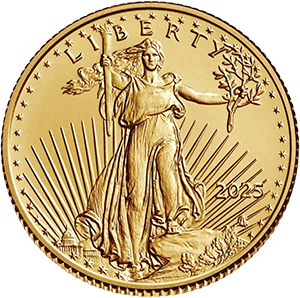
In the windswept wilds of northern Norway, archaeologists have uncovered a remarkable glimpse into a world long vanished beneath turf and time—a Viking boat burial dating back over a millennium. What makes this particular find so captivating is not just the craftsmanship of the grave or the presence of a beloved dog by the deceased’s side. It is the precious metals buried with her—silent witnesses to a legacy of power, prestige, and prosperity.
The Discovery: A Viking Woman, Her Boat, and Her Treasures
The burial, believed to be from the late 9th or early 10th century, was unearthed during construction work in Troms og Finnmark County. Resting within a decayed but still distinguishable wooden boat were the skeletal remains of a woman, accompanied by an array of items carefully selected to journey with her into the afterlife.
Among the most striking were two oval bronze brooches, ornately trimmed with silver thread—a fusion of beauty and metallurgy emblematic of Norse wealth. These brooches weren’t mere decoration; they were status symbols, anchoring a woman’s cloak while signaling her place within Viking society. The addition of silver—a rare and cherished metal in that era—suggests she was a woman of rank or influence.
Why Silver Mattered in the Viking World
Though gold was prized across many ancient cultures, silver was the cornerstone of Viking commerce. Norse trade routes spanned from the steppes of Central Asia to the markets of Byzantium, and silver coins, arm rings, and ingots were the currency of choice. The presence of silver in a burial, particularly when woven into personal items, signaled a direct connection to these far-reaching trade networks.
The inclusion of silver-threaded artifacts in this woman’s grave points to more than opulence—it underscores her active role in a society where trade, wealth, and identity were tightly intertwined.
More Than Metal: The Grave Goods of a Life Remembered
Alongside the brooches were bronze beads, a metal ring, and tools such as an iron sickle and whetstone, suggesting she may have had practical responsibilities as well. Some speculate she was a seeress or healer—roles that blended spirituality with status in Viking communities.
The dog, curled beside her remains, adds an emotional layer to the burial. Was it a guardian in life? A companion in death? Either way, it reinforces the intimate, almost mythic quality of the grave.
Echoes of Empire: What This Burial Means Today
For modern investors and history enthusiasts alike, discoveries like this one do more than stir the imagination—they reveal how precious metals have long been tied to power and preservation. Whether worn in life, buried in death, or passed down through generations, gold and silver have always carried meaning beyond their market value.
At American Standard Gold, we understand that owning physical metal is not just a financial strategy—it’s a way to connect with millennia of tradition. Just as this Viking woman’s silver-trimmed brooches spoke to her legacy, so too can precious metals secure yours.

